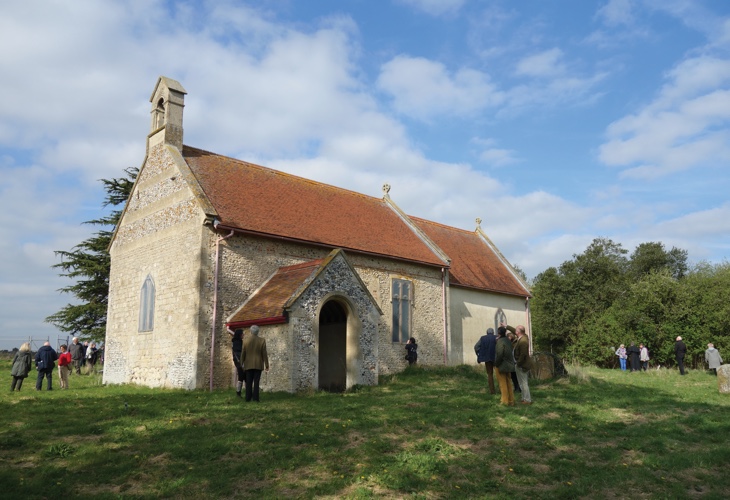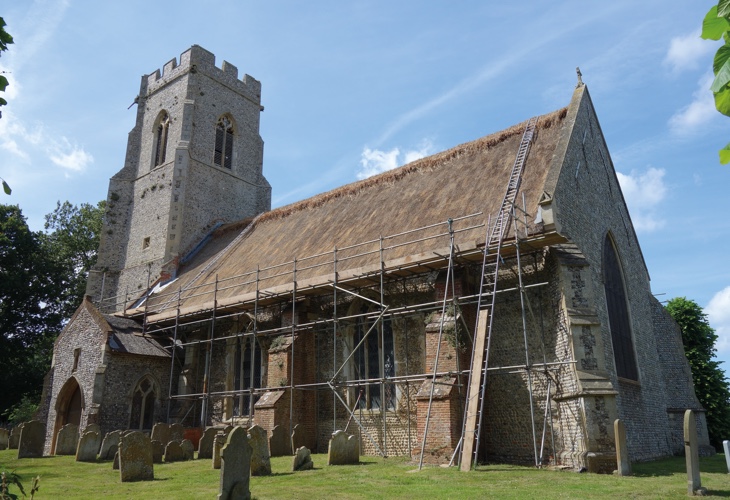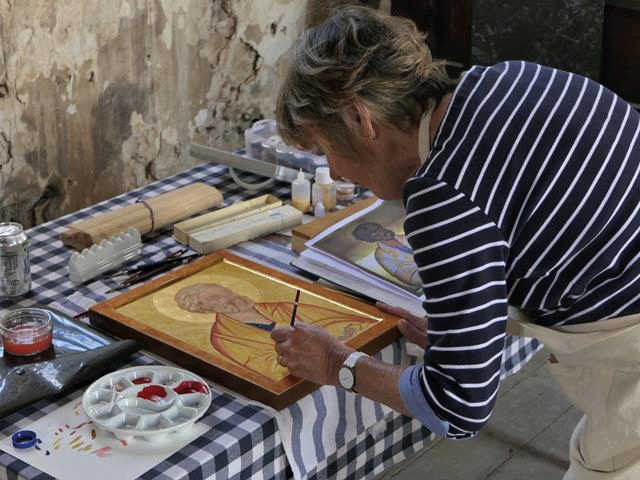A new funding approach to support and care for isolated rural churches will be needed, delegates at Norwich Cathedral were told.
Trevor Cooper, chairman of the Historic Religious Buildings Alliance, said that about 1,400 churches were in parishes with populations of less than 200 people.
It was almost as if the population of the City of Peterborough had to manage, fund and run 1,400 churches, he said.
In the past 160 years, the funding model for funding churches (and clergy) had been changed by Government. Until 1868, churches were supported by property taxation, ie largely on ownership of land. Then from the 1930s – tithes – which largely funded the clergy, became deeply unpopular. These payments were bitterly resented especially by farmers during six decades of agricultural depression from the late 1880s.
In simple terms, Government left funding of churches to a voluntary approach, which has continued to this day, argued Mr Cooper.
And this has left an ever-widening financial gap especially as active church-going has declined. It has been estimated that 2,000 churches had less than 10 regular Sunday worshippers and 700 churches had five or under. This population is also becoming increasingly elderly with some reports suggesting that 40% of parish congregations were aged 70 or over.
Mr Cooper said that the responsibility of maintaining and managing churches was reliant often on increasingly elderly volunteers. In many cases, there may only be a single parochial church council member.
He questioned whether a new approach, for example, involving other local democratically bodies might help. In some parishes, partnership arrangements with the parish council had made it possible to manage churchyards.
Over the past half century or more a number of options had been discussed and implemented, often with a degree of success. And for the isolated, rural churches, it could make these buildings more sustainable. “The more community use; the more income and greater sustainability,” said Mr Cooper.
But he recognised that this option was not always possible and especially with churches of great heritage importance.
In discussion, one delegate, Lady Appleyard, of Hampshire and the Islands Historic Churches Trust, said that Hampshire County Council gives financial support. Its £25,000 annual payment was appreciated.
Likewise, a Norfolk delegate, Tiggy Birkbeck, thanked Litcham parish council, which has helped to manage the churchyard for the past 30 years.







